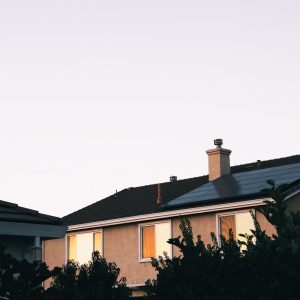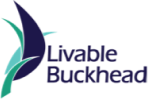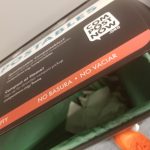Southface’s Tips for Health and Resource Efficiency at Work and Home
Health and Resource Efficiency at Work and Home

In this pandemic environment, which has raised awareness of wellness in general, indoor air quality and resource use, businesses are paying more attention to the health of their spaces and how efficiently they operate. Each of us are spending more time in our homes as well, and have a chance, perhaps for the first time, to evaluate how healthy our living spaces are and if there are opportunities to live smarter, more efficiently. With just a few system optimizations and changes in habits, you can make your business and home healthier than ever, while helping reduce carbon emissions in the environment as a whole.
The ingredients of indoor air quality
So what determines how healthy our indoor air is? Humidity, dust and dander, volatile organic compounds (VOCs) and chemicals from cleaning solutions and pesticides can all be contained in the air of our home or business environment and affect our health. Humidity can create a breeding ground for mold and mildew, contributing to asthma and other respiratory issues, as can dust and dander. The ingredients in your furniture, finishes and flooring can often contain VOCs, chemicals that produce toxic vapors that can cause health problems. And even everyday cleaning solutions can pollute your indoor air, especially if used without proper ventilation.
- Ensure that indoor air is kept as dry as possible, especially in humid environments
- Repair water leaks immediately
- Dust and vacuum frequently
- Change HVAC filters regularly
- Be aware of the ingredients of finishes, paints and flooring
- Avoid use of cleaning products that contain harmful chemicals
- Weatherize to keep conditioned air in and hot or cold air out
Easy steps to resource efficiency
Being healthy in the built environment, whether at home or at work, also means lowering our energy bills, while reducing energy waste and carbon emissions. Changes like these can make a tremendous difference to the bottom line of your home or business budget, while helping cool our warming environment.
- Unplug items that aren’t in use
- Raise your thermostat in summer and lower it in winter
- Use energy-saving appliances
- Use LED bulbs
- Weatherize to keep conditioned air in and hot or cold air out
For Southface, improving health in the built environment and promoting resource efficiency and clean energy solutions for homes, workplaces and communities have been the focus of our work since our beginnings in 1978. Our goal is to amplify real-world strategies that create a built environment where the synergy between ecological and human needs supports health and well-being while creating resilient, equitable and thriving communities, striving to achieve a low-carbon future.
Don’t miss these two webinars: Mike Barcik, Technical Principal, Education, presents DIY ways to weatherize your home, and Southface President Andrea Pinabell talks about the connection between health, resource efficiency and individual impact on a low-carbon future.
Contact Southface today for solutions to help your business become more efficient and sustainable through programs like BIT Building and our full array of technical services.





